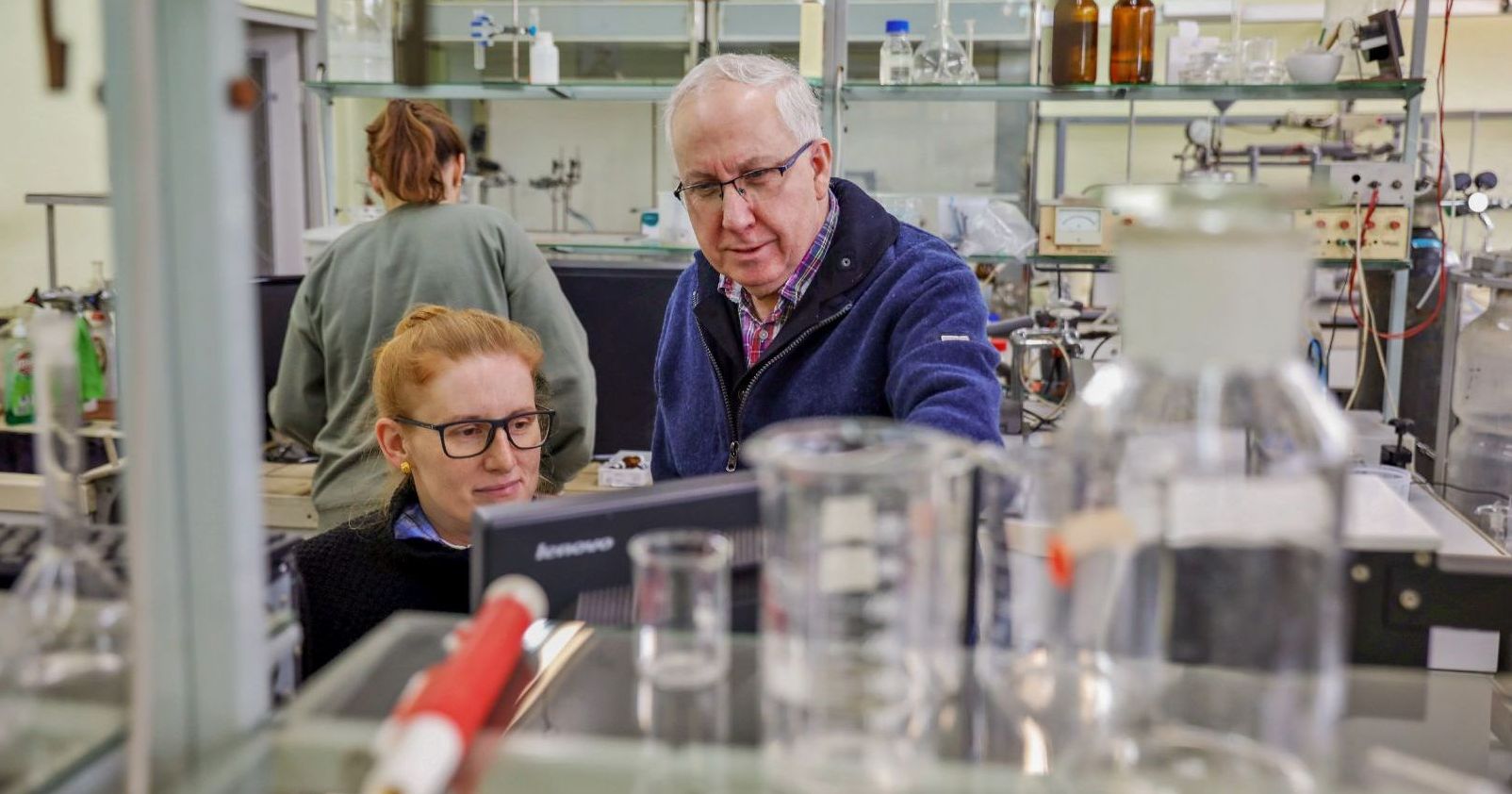 Exact sciences
Exact sciences
Desert Beetle: a Help for the Drying Planet
Chemists from the NCU, due to their observations of the desert beetle which can both collect and repel water, wish to develop membranes able to transport water and retain salt as well as other contaminants more efficiently.
A number of scientists whose work is inspired by natural behavior is constantly growing. The lotus flower, with its ability to self- clean, is commonly described in literature and can be best examples the trend. Researchers started to wonder why the flower behaves in this manner and they decided to study its structure with the use of microscopes. Hence, they could draw the conclusion that the structure is highly hydrophobic, i.e. it maintains water drops on the surface. Water then collects particles of dust and by flowing down, removes them by flowing down. It means the adhesion forces, those responsible for accumulating water on the flower, are weak, but at the same time, dirt easily attaches to droplets, which results in self-cleaning. Owing to the observation, self-cleaning surfaces such as painted surfaces, roof tiles, or textiles, have been developed.
Rose petals, however, show a different structure. A water drop, falling on a petal whose surface is hydrophobic, adheres and does not flow down. The petal effect is connected with the development of hydrophobic surface characterized by high adhesion.
Frogs able to walk on ceilings make another interesting case. Here, the question arises: why will it not fall down from the ceiling the surface of which is rough? Scientists decided to examine the structure of the frog toe and reproduce it. Now, a similar solution is applied on self-adhesive envelopes. The glue is protected with a paper strap which can be peeled off with ease. Still, when the glue gets in contact with some other kind of paper, and the envelope is closed, it will not be opened without cutting.
Nature has created even more complex systems. To exemplify it, the desert beetle armor structure reveals a dual character as it is both, hydrophilic and hydrophobic, and thus, there are areas absorbing and repelling water from the surface. Due to this phenomenon, beetles survive in such a hostile environment as desert; nothing sticks to their armor, wet sand in particular, and water is collected over the hydrophobic areas which allows them to drink and exist.
- When watching a channel, I saw a program in which a beetle standing on its legs and catching the morning dew was presented. The insect gets water from the mist, says Dr hab. Joanna Kujawa Prof. NCU from the Faculty of Chemistry. - Because the remaining parts of armor surface are covered with wax, water flows down and the beetle is able to drink it and survive in such a harsh climate.
Researchers started wondering how to transfer the solution from nature to the laboratory because such a phenomenon is employed in the process of membrane distillation. - In this case, enzymes are uptaken into the membrane by absorption, i.e. some surface adhesion, not by chemical bonding - explains Prof. Dr hab. Wojciech Kujawski from the Faculty of Chemistry, NCU. - If it is physical absorption, desorption can easily occur, as the forces acting are weak.
It is all about reinforcing membranes which, due to chemical bonds, are more durable. Membranes degrade over time , but it occurs slower than in the case of those developed by applying another layer. Chitosan use has turned out to be a good solution as the material is abundant and easily available on Earth. Chitin which can be easily transformed into chitosan occurs naturally in shells, e.g. shrimp shells. There are heaps of seafood shells and no idea what to do with them. The scientists from Toruń claim the beetle armor structure can be mimicked and the stored chitosan can be reused, which is a complex attitude to the topic. This is also in line with the zero waste trend.
Due to chitosan, water will flow down even more readily, thus functioning like wax on the beetle armor. The chemists have decided to attach chitosan in the hydrophilic region.
It is required in membrane distillation that the membrane surface must be porous and hydrophobic - explains Prof. Kujawa. You can find many examples of chitosan use in membranes, but nobody has ever attached it by chemical bonds. It opened a new perspective for us. If we bond chitosan, it will remain in place; hence, the connection will be stable.
The scientists first modified chitosan and then attached it chemically to the membrane. In the current research, they have first modified membrane, and then attached chitosan. Therefore, the membrane is more hydrophilic and more water can be passed through it.
- It is difficult to compare our results to those of other authors since no papers on similar topics have been published - says Prof. Kujawa. - Researchers who physically applied chitosan to modified membranes also observed improvement, but not to such an extent as in our studies. Owing to this, we can adjust the material to a chosen process.
A membrane developed upon physical modification is single-use only, as chitosan is later washed off (eluted). - In the interest of knowledge, we performed a stability test of chemically modified membranes used for water desalination. The test was carried out in ten cycles, over a few days each - reveals Prof. Kujawa. - We noticed slight changes, but nothing fell apart.
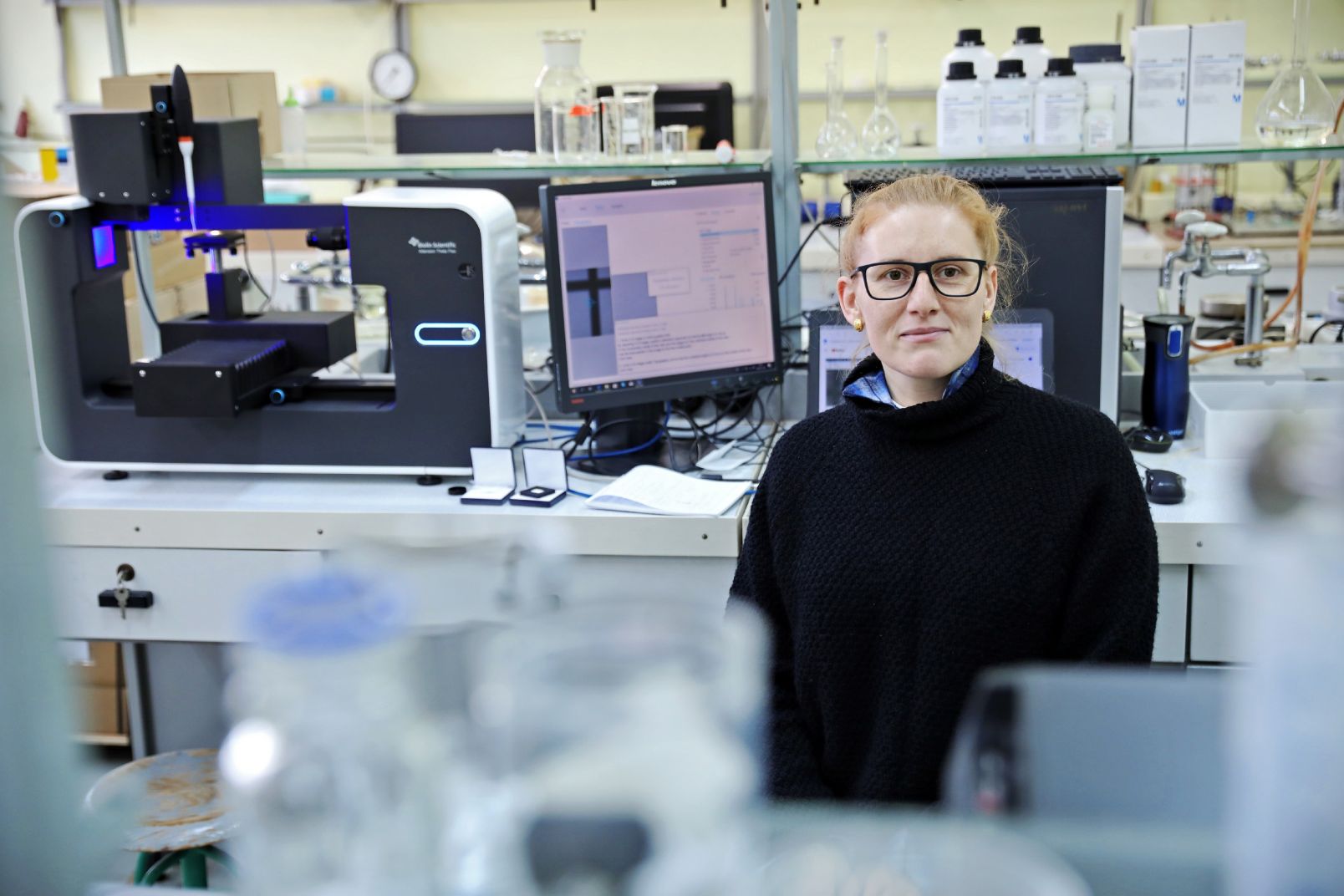
Andrzej Romański
The chemists from Toruń have also tested the membranes for their resistance to fouling. The studies were made with the use of fruit juices. Fruit pulp interaction with the membrane resulted in the collection of remnants on the surface, pore clogging, and thus, the membrane could not be reused. However, on the surface containing chitosan, which additionally shows bactericidal properties, completely different interactions occur. Fruit pulp does not stick, or even if it happens so, it can be easily washed off under the stream of water, without chemicals. The solution can find various practical applications.
The NCU chemists have written a couple of papers on the topic. The first one concerned the introduction of modified chitosan to a membrane and was published in Desalination. The next one about the introduction of chitosan to a modified membrane, was published in ACS Applied Materials and Interfaces.
The research is carried out in cooperation with a foreign partner, prof. Samer Al-Gharabli from the Pharmaceutical and Chemical Engineering Department, German Jordanian University, Amman (Jordan). - As part of this cooperation, we conduct joint research focusing on the design and formation of the so-called "smart materials" which are intelligent separation materials with controlled properties for a wide range of applications - says Prof. Kujawa.
- Owing to their discoveries, the scientists want to develop membranes which will simultaneously transport water and retain salts or other impurities even more efficiently. It is obviously connected with water shortages on our planet - explains Prof. Kujawski. - In Poland, we will face the problem even earlier than the biggest pessimists expect. A few years ago, I participated a seminar in Jordan during which I heard a statement that lack of water should not be perceived from our state, but a smallest administrative unit perspective. If you divide a country into smaller squares, it suddenly turns out that the per cent of population affected by water limitations is rapidly growing. In Poland, there is access to water along rivers, but when I visited Zakopane 20 years ago, I could hear people saying 'save water, our streams are drying up'. Wells are impurified, there are no fresh water sources, so the problem of drying up and ground level water lowering is growing.
So, scientists are looking for different ways of drinking water production. At present, membrane techniques dominate, particularly reverse osmosis.
It is the reverse pressure process in which non-porous membranes are used. - We apply the pressure of 60 bar and push water through them - explains Prof. Kujawski. The process is called reverse osmosis because in a typical osmosis phenomenon water is drawn from a dilute to a concentrated solution. Here, water is pushed from a concentrated solution through a membrane.
Currently, according to water protection regulations, units producing water with the use of reverse osmosis are required to dispose of residues or concentrated saline. Once, installations were located by the seaside, and the residues came back to water immediately. Nowadays, other solutions need to be found to reuse saline. It can, for instance, be even more concentrated so that it will start crystallizing. The thus produced salt can be used in various industrial processes, i.e. for chlorine or sodium hydroxide production. Around Toruń, chlorine is produced from saline in two big plants, in Włocławek and Inowrocław.
In order to process saline, reverse distillation can also be employed, and this is an example of our dealing with beetles, says Prof. Kujawski. We apply hydrophobic, porous membranes, those transporting liquids from the feeding to the receiving phase, and, since salt as such is non-volatile, we carry only the component which can be evaporated through the membrane pores.
Although reverse osmosis is the dominating membrane technique from those currently applied, it is not trouble-free. As the effect of the process, osmotic pressure which can be very high appears. To apply reverse osmosis, pressure values have to be higher than the osmotic pressure. It means that in the beginning pressure higher than that osmotic has to be applied and this is the price of the process. In membrane distillation, however, energetic effort is significantly smaller as the whole process is based on slightly different physicochemical properties. Distillation is particularly applicable in hot climate areas, in countries such as Italy, Spain Greece, where solar panels can be effectively used. When a hotel located off the beaten track has to be supplied with water, a solar panel can be mounted on its roof. The panel heats water for membrane distillation. As a result, on the one hand, the place is supplied with hot water which is distributed, and on the other hand, cool water is condensed. Therefore, drinking water can be cheaply produced, but only in limited amounts. As far as reverse osmosis is concerned, we are talking about millions of liters daily.
Moreover, in countries where access to cheap energy sources is reasonably easy, the so-called electrodialysis can be used. This process involves the employment of special kinds of membranes which enable the transport of ions, but not water. Cations move towards the cathode, anions – towards the anode and water remains.
There is also the so-called natural osmosis, applicable for wastewater purification and water recycling. Water permeates the membrane from the dilute solution to the concentrated one. Next, water has to be somehow retrieved from the concentrated solution, which is diluted during the process. For this purpose, an additional method is used.
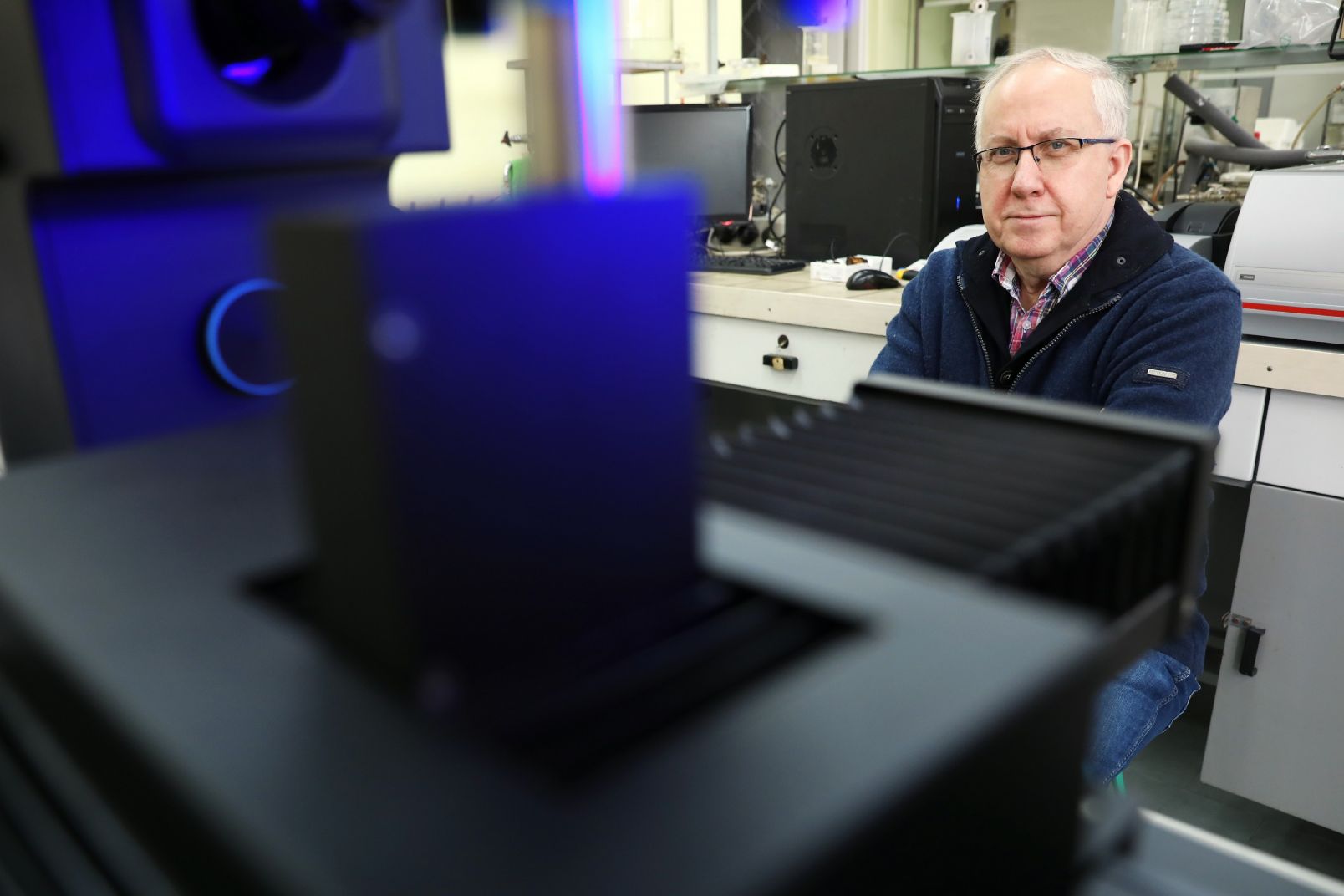
Andrzej Romański
As a process, membrane distillation has been known for 50 years. Although it attracted scientists' attention in the early 1970s, it has been commercially applied for less than twenty years, and only in small-scale, low-efficiency installations for producing drinking water in single houses or hotels. In Europe, membrane distillation is most extensively researched in Almeria (Spain). - In Spain, the process is powered by solar energy - says Prof. Kujawski. - The Spanish have a huge mirror which collects sunrays, and which heats not only water but also metals. Heat is used for heating and, additionally, the efficiency of different configurations is examined. I had an opportunity to visit the place a few years ago, and I have to admit it is impressive.
Chemists can reassure us that people already drink seawater, not necessarily in Poland, but in Israel, for example. The reverse osmosis process for producing drinking water was implemented there; hotels on the Maldives are equipped with systems for membrane distillation. - In America, tribes leading nomadic lifestyle still exist - says Prof. Kujawski. - Scientists from one of universities equipped a school bus with solar panels on the roof and a membrane distillation system inside. They travel and produce water for the nomads who move across the areas where available water is contaminated with elements such as arsenic.
It needs to be emphasized that water obtained by membrane distillation is distilled and requires mineralization before consumption. As the scientists joke, it is bare and has to be dressed.
It is difficult to estimate whether the production of drinking water from seawater is expensive. It all depends on the amounts we want to produce and which technology we choose. Countries located by the Persian Gulf applied thermal methods which were first developed for producing drinking water from seawater, and in which seawater is repeatedly evaporated and condensed. The process is highly energy-consuming, but the heating potential in these countries is huge. Later, in the early 1960s, first membranes were developed, and soon after, they were used for filtration. - You need to remember that when we lack drinking, we will try to get it regardless of the price - summarizes Prof. Kujawski.
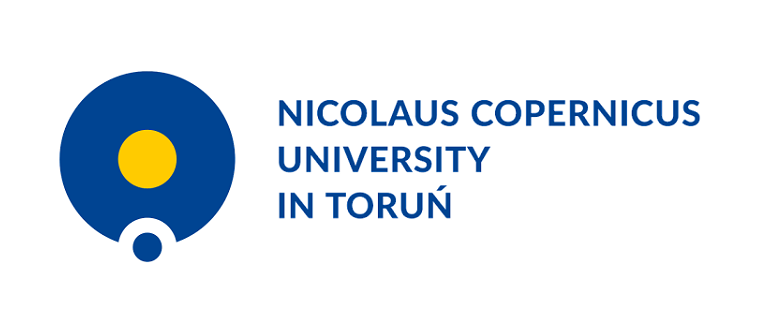 NCU News
NCU News







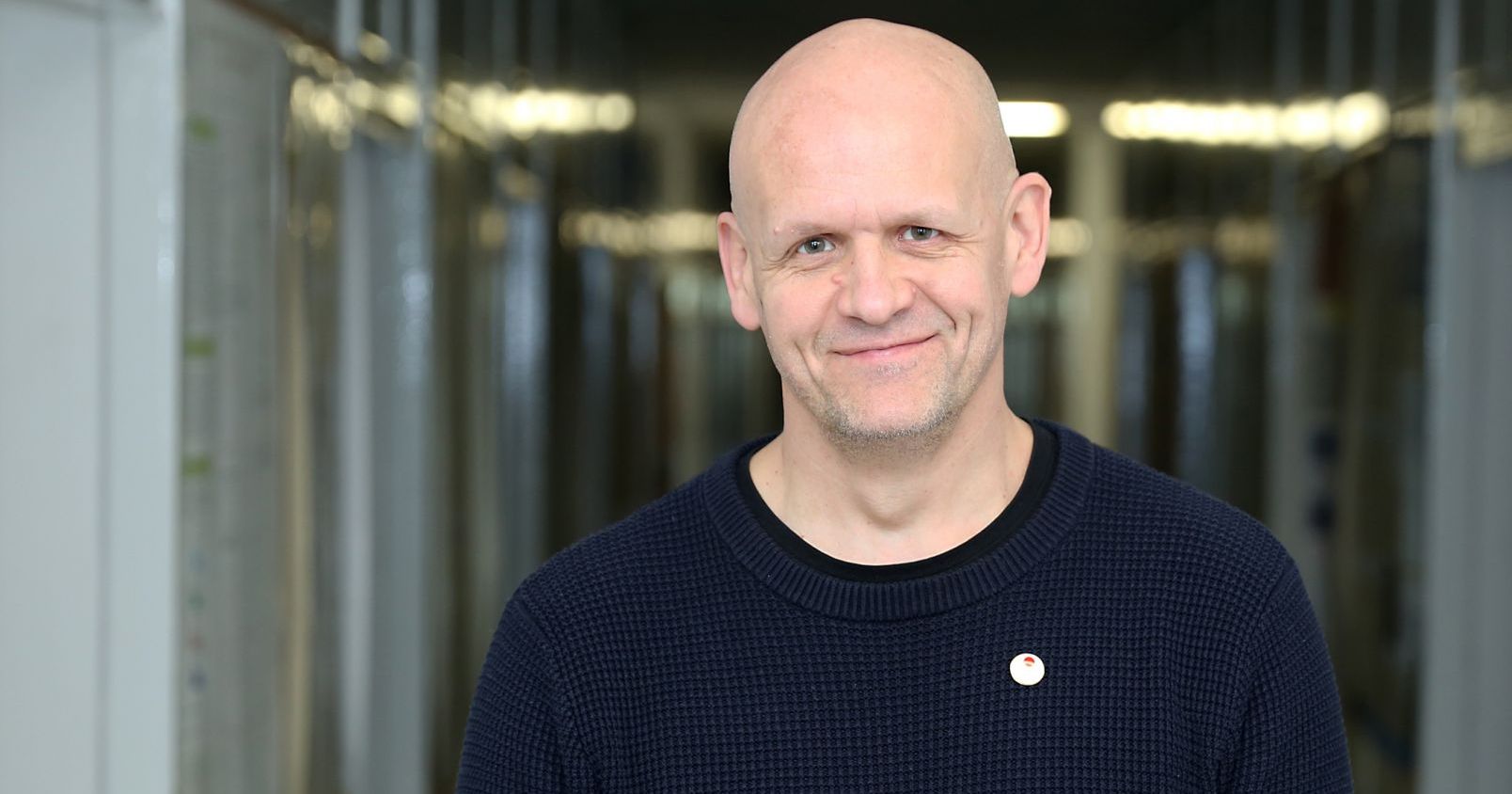 Natural sciences
Natural sciences
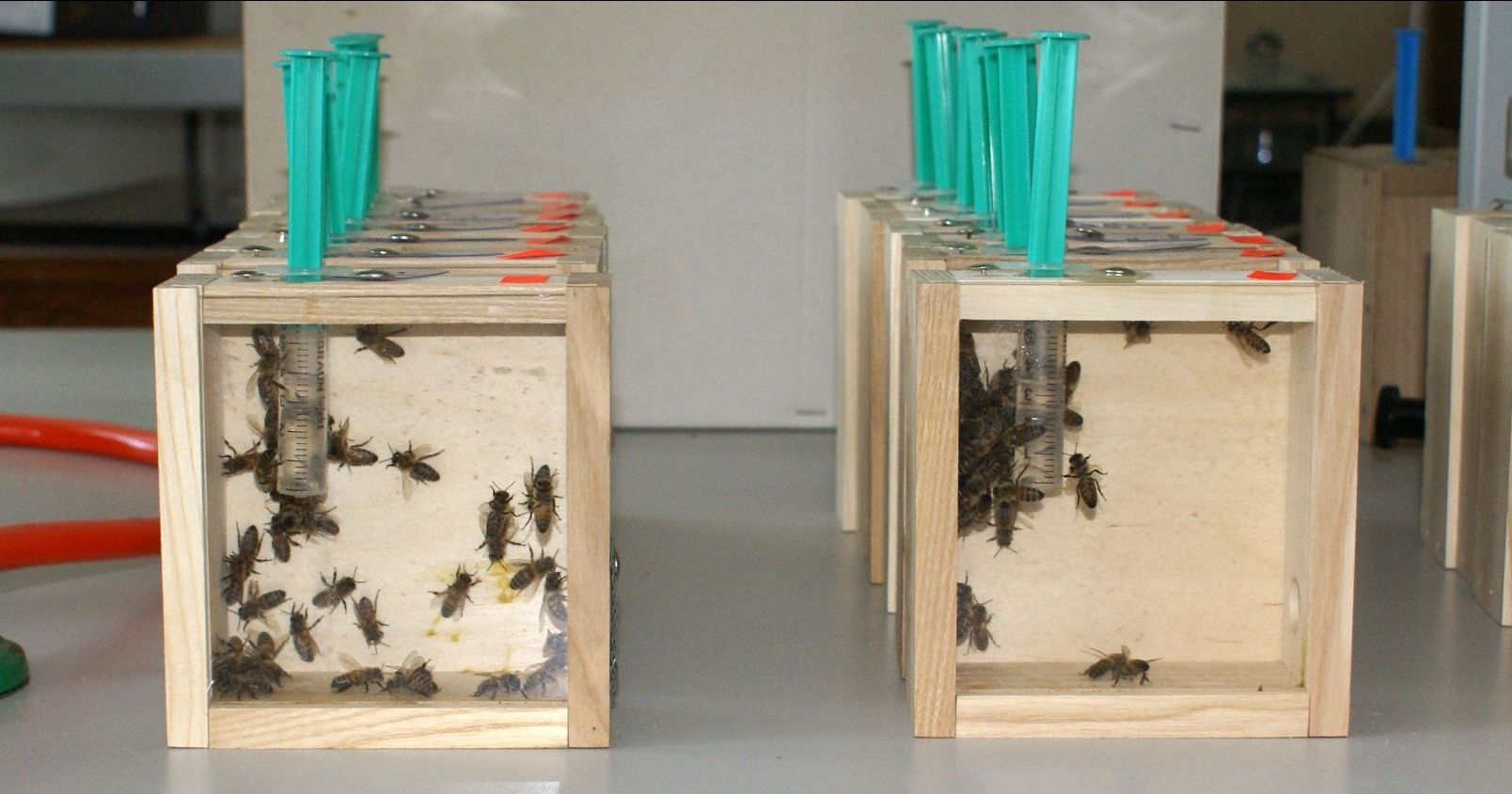 Natural sciences
Natural sciences